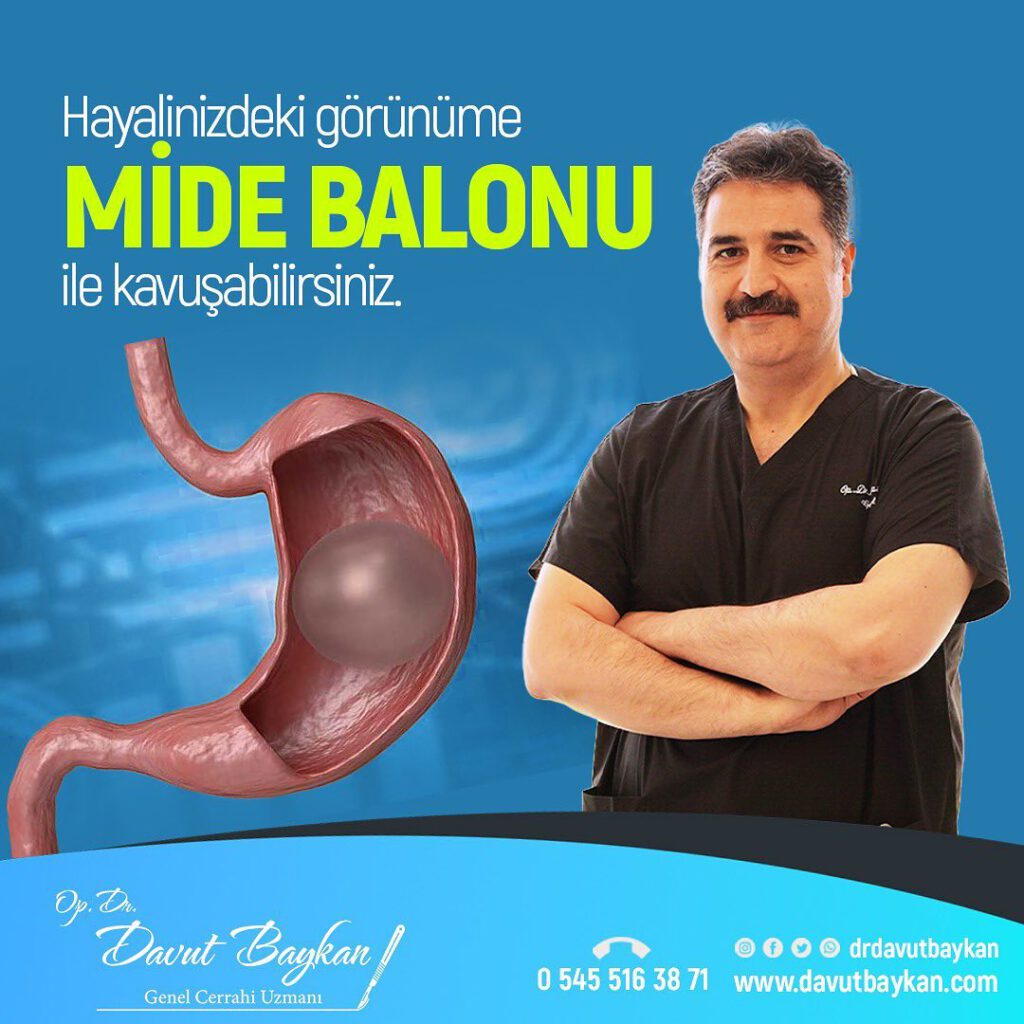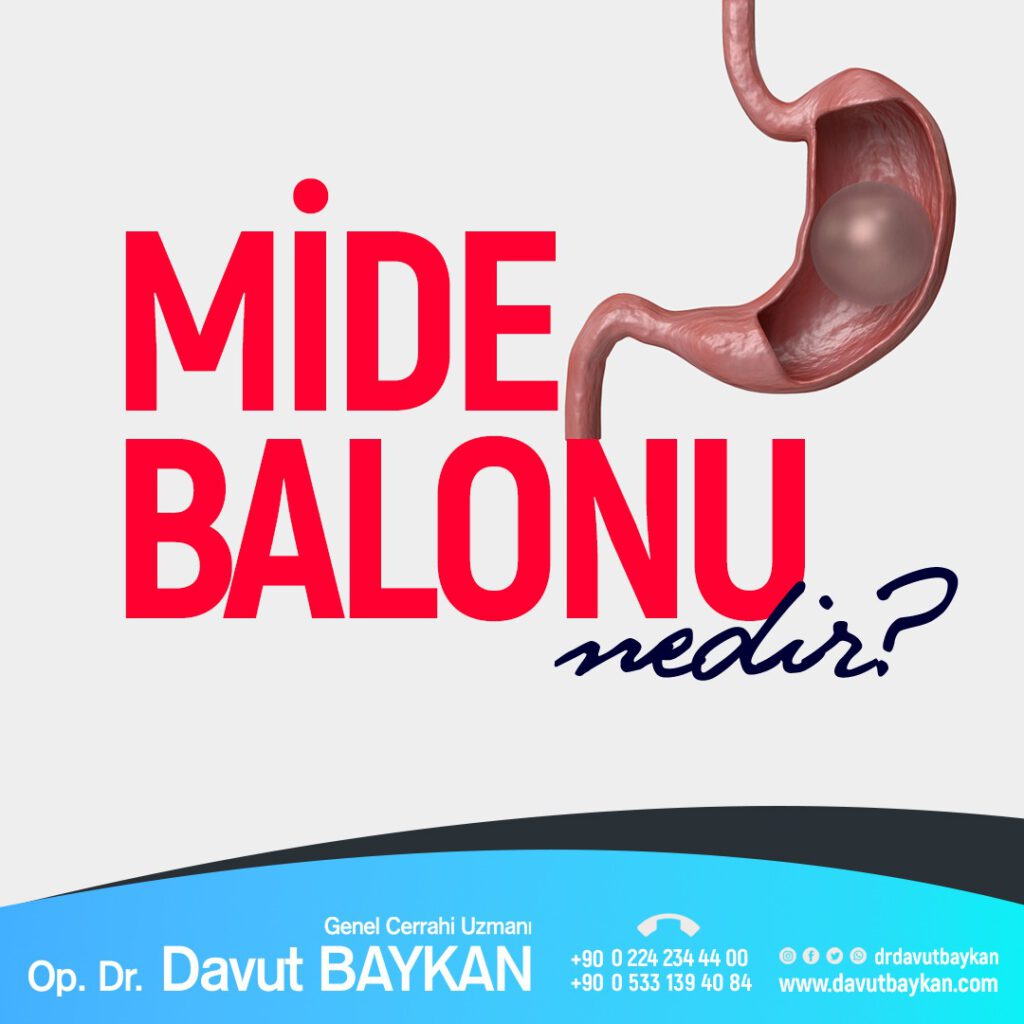The ‘balloon’ in the Intragastric Balloon System is a soft, deflated device made of latex-free silicon-based material. It is referred to as an ‘intragastric’ or ‘gastric’ balloon because it will remain in your stomach for a period of time after we pass the deflated material through your mouth, esophagus, commonly called the food pipe, into your stomach. Conventionally, the expandable balloon is inserted into your stomach by using an endoscope, a thin, flexible tubular instrument with a camera and light attached to it, which allows us to view inside your body. However, with technological advancements, there are swallowable intragastric pills that do not call for an endoscopic procedure for the insertion of the inflatable balloon.
What Is Weight Loss Balloon?
A Non-Surgical Treatment for Obesity
Intragastric Balloon (also called a gastric balloon or stomach balloon) is an FDA-approved incision-free weight-loss procedure that involves inserting a temporary expandable balloon in your stomach through your mouth to stay there for up to 6 months. Gastric Balloon induces weight loss by restricting the amount of food you eat at a meal. Furthermore, as it slows down the passage of the consumed food and liquids to the stomach, it provides long-term satiety with smaller portions of food.
Gastric Balloon is a recommended obesity treatment if you have tried and failed to lose weight by diets and exercise and have a BMI between 30-35, and one or more of the obesity-related comorbidities. In some cases, patients may be eligible for this treatment with a BMI as low as 27. We do not recommend stomach balloons for morbidly obese (BMI > 40), and super-obese (BMI > 50) patients. The intragastric balloon has been widely applied since the 1990s particularly because it has proved to be an effective alternative for those who are not suitable for other types of bariatric surgeries or do not wish to go through non-reversible extensive obesity surgeries.
Who Is Eligible for Gastric Balloon Turkey?
Anybody who is eligible for the gastric balloon process is qualified for having a gastric balloon treatment in Turkey. This means your BMI (Body Mass Index) must be between 30 and 35. Also, you should have tried exercise and diet but have not received the ideal results.
Moreover, you must be mentally ready to have your procedure in a place other than your home country. Mostly, the medical centers that offer bariatric procedures, including intragastric balloons, provide their patients with all-inclusive packages (transportation and airport pick-ups, free consultation, translation, accommodation, and so on). Still, are you ready for this journey? This is a question only you have the answer to.

How to Choose the Best Gastric Balloon Surgeon in Turkey?
Gastroenterologists or bariatric surgeons are eligible to perform gastric balloon procedures. Their main focus is on treating obese and overweight patients to overcome obstacles because of obesity and have a healthier, happier life. They usually work with a team of healthcare provider professionals such as dietitians, weight loss specialists, and so on.
The best way is to talk with people who had the same experience. But that’s not enough. Make sure to check the surgeon’s website, read their reviews, and follow their social media to find out how many operations they perform a day.
Gastric Balloon Turkey: Costs, Reviews, and Results
Gastric balloon procedures do not cost a fixed price in all centers in Turkey. The final cost depends on different factors, such as the expertise of your doctor and their staff, the hospital fees, the cost of your balloon, and so on.
However it usually starts from $3,000 and the maximum price is $3,500, which is still way less than most countries.
Belgium: $8,000
Germany: $7,100
The Us: $8000
France: $8000
Italy: $7,500
Spain: $7,500
Denmark: $7,500
The UK: $7,500
Austria: $7,500
Russia: $7,000
Lithuania: $6,000
Turkey: $3,000
As you see, the average price of gastric balloon in most parts of Europe is around $7,000, including France, Italy, Spain, and the UK. In the United States, the price is even more as is it is about $7,500.
You might think with yourself you have to pay even more for your stay in Turkey. But except for the flight ticket, all your necessary costs including transportation from and to the airport, hotels and accommodation, translations, medical tests, and consultations are all included in the final cost of gastric balloon packages in Turkey.
How Long Should I Stay in Turkey for a Gastric Balloon Treatment Procedure?
The insertion of a gastric balloon, both by swallowing or endoscopy, does not take more than 30 minutes. It is better to arrive 2 to 3 days before your procedure date. Also, after it is done, it is suggested that you stay 2 to 3 days more for your recovery so that your bariatric doctor will be able to check you a few times and then send you back home with ease of mind. Therefore, your whole trip takes about one week. Due to the simplicity of this procedure, you can go back to work as soon as you get home.
Here’s the schedule of your gastric balloon treatment in Turkey:
Day 1: arrival; you will be transferred to your hotel.
Day 2: you’ll be taken to the clinic to do a number of tests.
Day 3: procedure day
Day 4: resting and enjoying your trip to Turkey
Day 5: check-ups by your doctor
Day 6: you’ll be given diet and exercise schedules
Day 7: you’re ready to go home!

How is Gastric Balloon Inserted?
The placement of an intragastric balloon is a quick, non-invasive procedure taking about 30-40 minutes, carried out by highly experienced gastroenterologists (also referred to as gastrointestinal endoscopists), or surgeons. As the insertion methods of gastric balloon differ depending on the type of gastric balloon treatment you choose, an anesthesiologist may be present in the room in case your gastric balloon is placed endoscopically under sedation. You will be asked to consume no food at least 6 hours before the procedure. Under normal conditions, upon making sure that there is no complication, I let my patients go home one or two hours after the procedure is finished.
As I mentioned above, gastric balloons can be placed in a patient’s stomach either orally or endoscopically. First, I will explain the procedure to be followed during the placement of ReShape, Orbera, Spatz3, Medsil, and Medicone gastric balloon systems.
- The deflated intragastric balloon will be placed into your stomach endoscopically.
This means that we will access your stomach with a thin, flexible tube (also called a catheter) loaded with the gastric balloon. This medical endoscope will go through your throat, pass through the esophagus (which is commonly referred to as food pipe) and allow us to see inside your stomach and place the balloon there.
- After having placed the balloon, it will be inflated with 400mL to 700mL sterile saline solution.
The saline solution often contains a blue dye, which changes the colour of your urine to blue or green in case there is a balloon leak. Remember that if you have a leaking, you need to see your doctor to remove the balloon before it can slide into the intestine.
Typically, we do not fill the balloon to its maximum capacity, as it could potentially cause undue stomach sickness. Accordingly, each type of balloon will be approximately 11 cm in size, almost as big as a grapefruit, and it will occupy 1/3 of the total volume of your stomach.
There are also gastric balloon treatments, Obalon and Elipse which do not require an endoscopic intervention. Instead, they are swallowed as a ‘pill’. I will proceed to explain how these swallowable capsules are placed in your stomach.
- You will swallow an expandable capsule that goes through your esophagus down to your stomach in our office, in a fluoroscope suite which allows us to obtain real-time moving images of the capsule.
The swallowable gastric balloon pill is attached to a catheter that is connected to a device used to inflate the gastric balloon once it is placed in your stomach. As the capsule will travel to your stomach naturally, like any food you swallow, it does not require anesthesia or an endoscopic procedure.
- The intragastric balloon will be inflated through the catheter attached to it.
Depending on the intragastric balloon treatment you choose, the filling material may be different. Obalon is inflated with nitrogen sulfur-hexafluoride, while Elipse is filled with a saline solution.
At this point, it is important to note that Obalon consists of three balloons, each of which is approximately the size of orange once they are inflated. However, they are not swallowed all at once. Once you swallow the first balloon, you need to visit your doctor one month later to swallow the second balloon. Two months after the second ball, you visit your doctor for the third balloon and all of them are inflated in the same manner as mentioned above.





